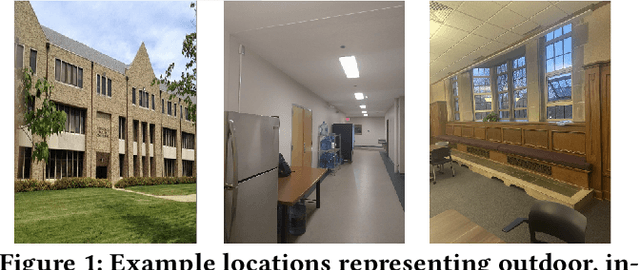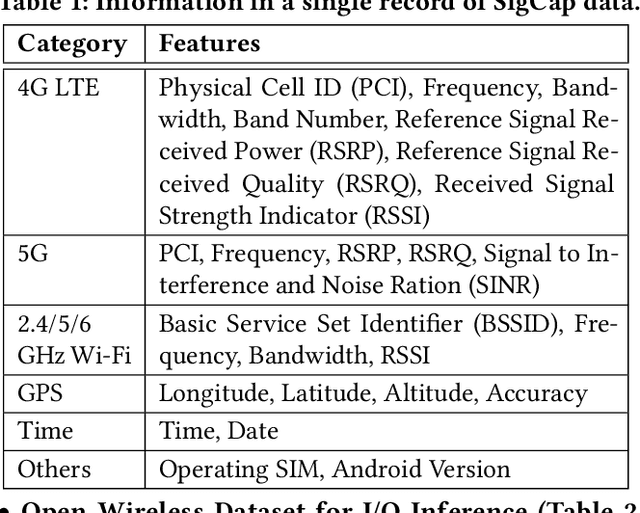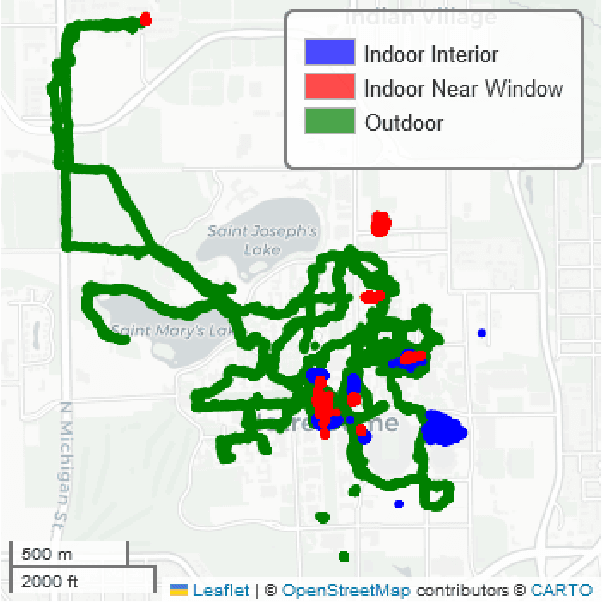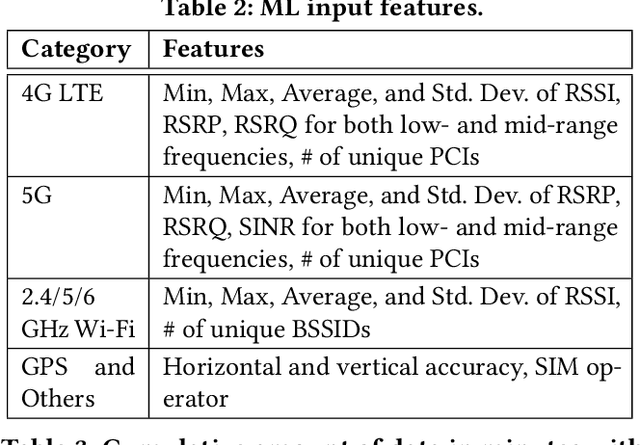Data Driven Environmental Awareness Using Wireless Signals for Efficient Spectrum Sharing
Paper and Code
Oct 17, 2024



Robust classification of the operational environment of wireless devices is becoming increasingly important for wireless network optimization, particularly in a shared spectrum environment. Distinguishing between indoor and outdoor devices can enhance reliability and improve coexistence with existing, outdoor, incumbents. For instance, the unlicensed but shared 6 GHz band (5.925 - 7.125 GHz) enables sharing by imposing lower transmit power for indoor unlicensed devices and a spectrum coordination requirement for outdoor devices. Further, indoor devices are prohibited from using battery power, external antennas, and weatherization to prevent outdoor operations. As these rules may be circumvented, we propose a robust indoor/outdoor classification method by leveraging the fact that the radio-frequency environment faced by a device are quite different indoors and outdoors. We first collect signal strength data from all cellular and Wi-Fi bands that can be received by a smartphone in various environments (indoor interior, indoor near windows, and outdoors), along with GPS accuracy, and then evaluate three machine learning (ML) methods: deep neural network (DNN), decision tree, and random forest to perform classification into these three categories. Our results indicate that the DNN model performs the best, particularly in minimizing the most important classification error, that of classifying outdoor devices as indoor interior devices.
 Add to Chrome
Add to Chrome Add to Firefox
Add to Firefox Add to Edge
Add to Edge